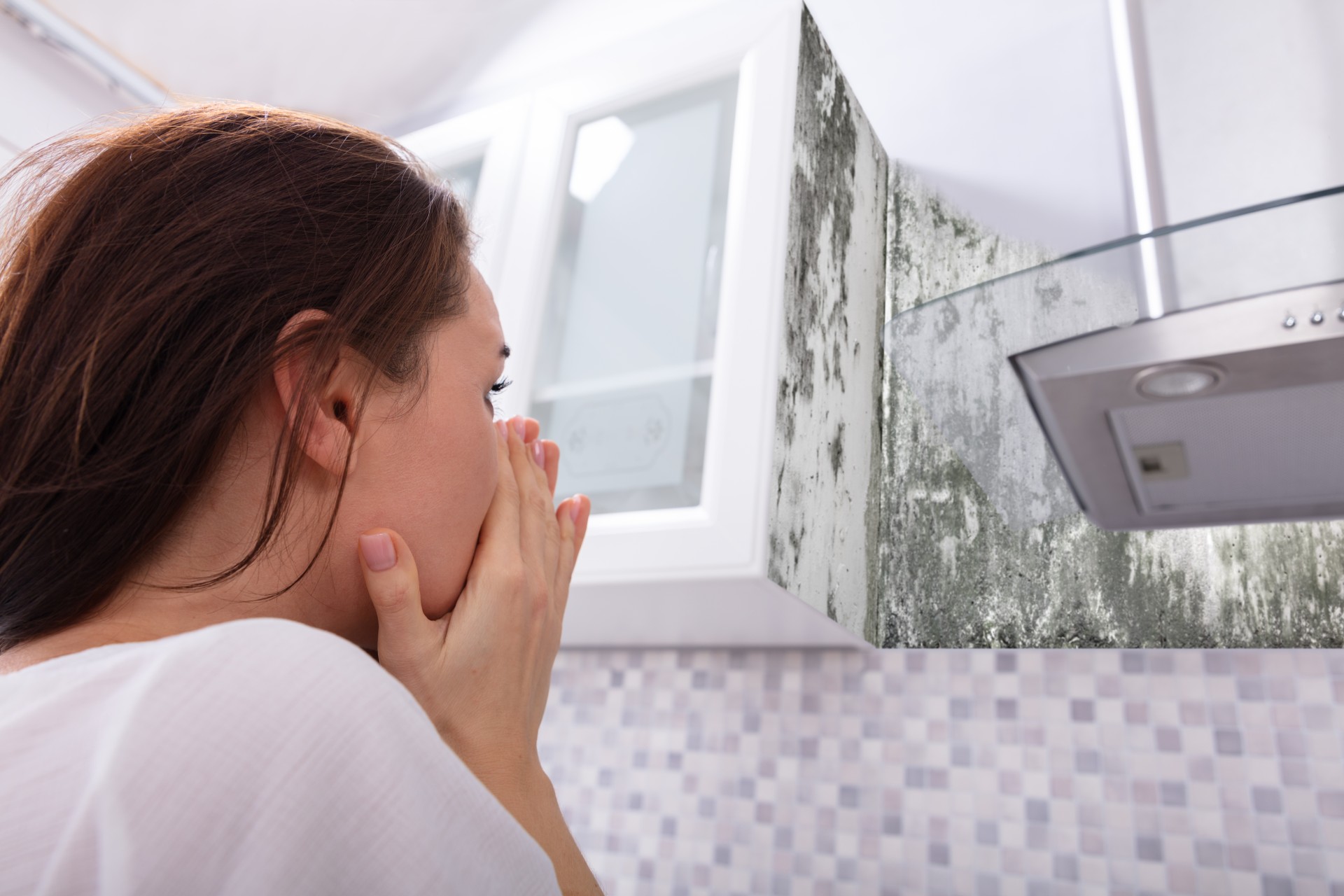For the home builder, receiving a mold complaint from their new homeowner is often a nightmare.
When homeowners find mold in their newly built home, they want immediate action by the home builder to remediate the mold, a process which can cost the builder time, money, peace of mind, and maybe even his (or her) business.
Litigation may even be involved due to the negative impact that mold – and the mycotoxins it releases – can have on the health of the home occupants, especially infants, children, pregnant women, elderly, and those with respiratory and auto-immune diseases.
Mold in a newly built home is a lose-lose situation. No one is better for it:
–The homeowners lose. They have invested their time and money – as well as their hopes and dreams – into their new homes. Instead of the “Home Sweet Home” experience they had in mind, they get allergic reactions, illness, doctors’ visits, musty odors in everything they own, and a general discontent with their home builder and the process.
–The home builder loses. The builder has invested his company’s time and money in this project. Managing the challenging, detailed process to build the home, he wants the new homeowners to be pleased with their new residence in order to receive full payment, receive referrals, and to be able to keep his full focus on current and future projects. Instead, he gets unhappy customers, costly rework and remediation, and the threat of (or actual) litigation. This can negatively impact the home builder’s reputation and business.
As a home builder, you can prevent this situation!
Here are three ways to prevent mold growth in a new construction home.
#1 Mitigate the project’s moisture vulnerabilities.
-Vapor barrier. Ensure extreme care is taken in the handling and installing the vapor barrier as the slightest rip or tear can render it ineffective at keeping moisture out of the house.
-Lumber exposed to the elements. Mold can grow on and in lumber products if left on the ground and exposed to rain/moisture at the job site. Elevate lumber at least 4 inches off the ground on blocks, pallets, or cribbing. Cover it with protective sheeting while still allowing the wood to breathe on the sides. Protect framing lumber as soon as possible.
-Lumber sealed when installing insulation. When preparing to insulate the house, make sure that the lumber is fully dry. Dehumidify the house fully, especially before using closed-cell spray foam which will trap moisture behind the insulation.
-Ventilation. Insufficient ventilation caused by broken, obstructed, closed, an inadequate number of vents, or an imbalance of the number of intake and exhaust vents can give mold a more favorable environment to grow. Check that all vents are in good working order.
#2 Proactively treat and protect your building materials.
Mold loves wood, drywall, adhesives, insulation, paper, and carpet.
Mold may be growing on these materials as they are installed in the new house. After the roof goes on and before the HVAC is operational, the environment is conducive for mold to thrive.
You can stop mold at this stage with preventative action. You can also protect against it for many years with protective treatment.
Here’s how to proactively treat and protect your building materials:
-Use an airless sprayer or ULV (ultra-low volume) fogger to apply a professional, non-toxic cleaning solution containing hypochlorous acid such as Superstratum Building Cleaner
-Allow the pro cleaning solution to dry for 10 minutes
-Spray on a smart polymer coating such as Superstratum Endurance Coating Pro that resists mold growth (or regrowth). Apply using an airless sprayer. This coating will not wear off with cleaning, and Superstratum provides a 10-year warranty on this product.
#3 Closely monitor for signs of dampness or condensation, check for mold growth, and test if you think that mold is present.
Monitor the usual suspect locations (basement or crawl space), look for condensation on the windows, and be aware of musty smells that may indicate water intrusion and possible mold.
If there are signs that mold may be present, spend the time and money to test for mold! Being proactive and investing in this minor expense can help you identify and fix the problem as quickly as possible – and may allow you to avoid disruptive, costly rework and litigation.
Mold growth in newly built homes can have serious consequences for both homeowners and home builders. By being aware of the vulnerabilities for mold growth, and by taking proactive steps to prevent growth and protect from future growth, builders can avoid costly expenses and protect their business. MycotoxinPro.com offers contractor discounts on Superstratum products that help builders protect their businesses.


